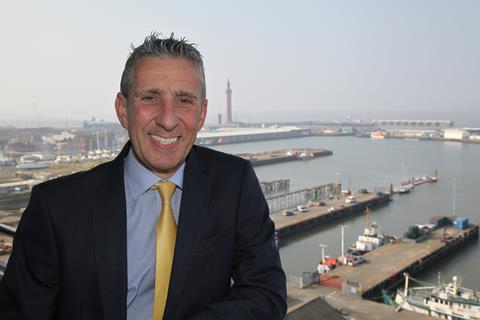
Young’s Seafood boss has insisted it’s business as usual despite sale rumours after the Findus-owned firm recorded double-digit rises in operating profit and earnings last year.
Revenue in the 12 months to 30 September 2014 increased 2% to £595.6m as Young’s branded and own-label chilled fish grew ahead of the market and its Gastro range went from “strength to strength”.
The overall Young’s brand is now worth more than £230m, according to the company.
Speaking exclusively to The Grocer, CEO Peter Ward, who took charge in January, said Young’s annual results represented a “solid performance” given a raging supermarket price war.
Its annual results come as Findus is reportedly exploring a sale of the Young’s brand, with Findus CEO James Hill telling a seafood industry conference in March it was “an option to take this company public, or join forces with other areas of the food industry”.
Ward denied there was any process under way but added the nature of PE ownership meant Lion Capital, Highbridge Capital Management and JP Morgan would want to realise their asset at some point and take a profit. “The reality is that through some kind of transaction, be it a float, a sale to another PE house or a sale to a trade buyer, there will be some kind of event, but at the moment there is no process in place,” Ward said.
“The best thing I can do is deliver the best performance at Young’s I can, so when there is a process it is likely to give the best return.”
Operating profit, before exceptional items, climbed 24% in the year to £25.2m and EBITDA rose 15% to £36.5m as Young’s branded and own-label chilled fish grew ahead of the market and its Gastro range went from “strength to strength”.
Ward said since the year end chilled had continued to show solid growth year on year. However, there were few signs of a recovery in the overall frozen market. “It is not to say frozen isn’t performing ok it is just it is doing well in a very difficult environment.”
Operating profit, before exceptional items, climbed 24% in the year from £20.4m to £25.2m and EBITDA rose 15% to £36.5m, underpinned by strong cost management and operational efficiencies, which also improved gross margins.
“The EBITDA is not a new high watermark but it is about restoring the fundamental structural profitability of the business,” Ward said. “And the way we have managed to do that with modest growth and margin improvements is we have a longstanding cost control culture and we continue to invest in manufacturing efficiencies.”
Ward is optimistic about 2015, with a bigger marketing budget and a raft of new products across the range set to underpin 2014’s growth.
Exclusive interview with Young’s CEO Pete Ward
How are you operating amid the supermarket price war, with new bosses in at Tesco and Morrisons and a resetting of supplier relationships?
“We should be the architect of change and not the victim, so we need to evolve and modify our strategy and tactics to meet the ever-changing environment we operate in.
“With new CEOs in at major retailers it is evitable that there is a bit of ‘out with the old and in with the new’. They are all taking similar approaches to simplify the way they do business with their supply base and we seeing that across the piece, and some things in life are inevitable. Those who engage and grasp those changes will do the best.
“We are listening to our customers because you can have the best products in the world but if your customers don’t put them on the shelves then people can’t buy them. It is about a two-way dialogue and us listening, and clearly we have an input but we need to be the kind of supplier that our customers want to work with if we want to continue to grow.
“It is not a concern in the fact that Tesco are going to change the way they operate, it is about understanding what that means and making sure our businesses align, as it is with all the other retailers. Fundamentally they are all trying to simplify the way they do business, which does take cost out of all of the supply chain, our business as well as theirs.”
Can you set the record straight on the rumours that Young’s is for sale or is being lined up for a flotation?
“Young’s have been in PE since 1999 and I have enjoyed that very much as the various investor groups have been interested in understanding the asset that they own and have been hugely supportive in strategies and putting cash behind the various investments we have made, be it to acquire other business, footprint reorganisation or in equipment to drive efficiency which has helped grow profits.
“The reality of PE ownership is at some point is we are an asset and at some point they will look to realise the asset and take a profit. The reality is that through some kind of transaction, be it a float, a sale to another PE house or a sale to a trade buyer, there will be some kind of event but at the moment there is no process in place. The best thing I can do is deliver the best performance at Young’s that I can so as and when there is a process it is likely to give the best return.”
What is your take on the results for the year to the end of September 2014?
“We’ve had modest sales growth in what is a competitive environment, with a price war raging in retail, so it is a good performance. We are seeing share growth in our core areas, either from a category or a customer or a brand point of view. I would class it as a solid performance delivering modest growth at a top line level. The growth in our profitability is more pleasing. During the recession people were concerned about disposable income, which made the market very challenging, and we saw our profits drop as a result.
“The EBITDA is not a new high watermark but it is about restoring the fundamental of the structural profitability of the business. And the way we have managed to do that, with modest growth and margin improvements, is we have a longstanding cost control culture and we continue to invest in manufacturing efficiencies. We are very focused on our end-to-end supply chain and getting the optimum cost without exposing ourselves to any ethical or social or sustainability challenges.”
Can you give a breakdown of the chilled and frozen sides of the business?
“The chilled market, whilst there hasn’t been any volume growth in the past 12 months, we’ve seen some inflation through there and we’ve enjoyed growth ahead of the market so we’ve grown share.
“Within frozen we’ve grown our brand share in a market showing decline of between 5% to 7% volume and also suffering from an over indexing of the promotional mix, so margins were challenged there. Top line growth was from the chilled side but it is not to say frozen isn’t performing ok it is just it is doing well in a very difficult environment.
“We’ve seen volume come back a little bit since the year end in the chilled market for sea food, volumes 0.6% down with value up 4.2%, meaning a flat volume market with about four points of inflation. Within our chilled business, in our core customers, we are trading ahead of that. Our focus is now about clearly identifying our partnering customers and growing our share ahead of the market in those retailers, and at the half year stage we are on track.”





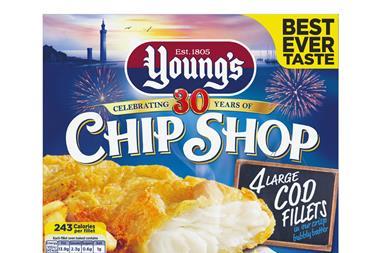

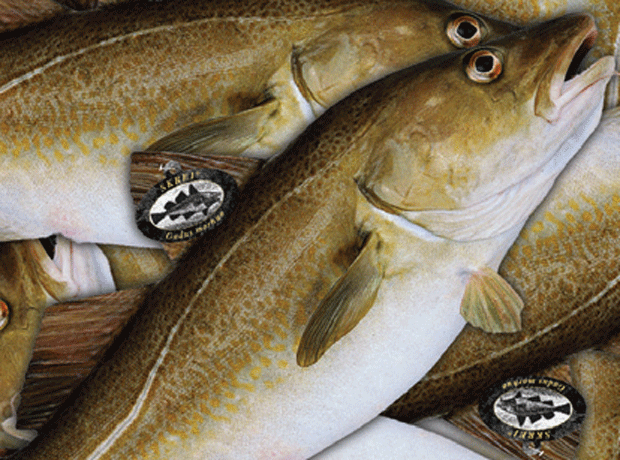
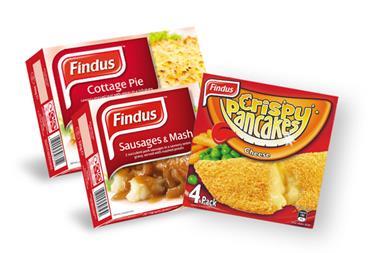

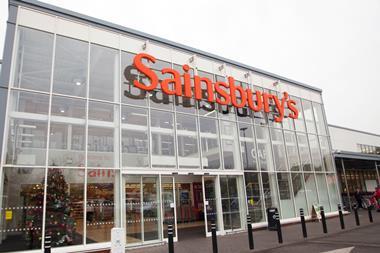
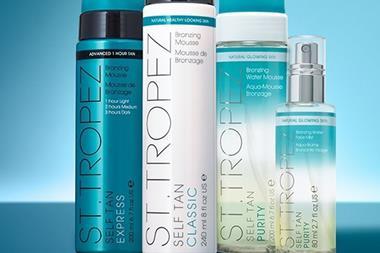

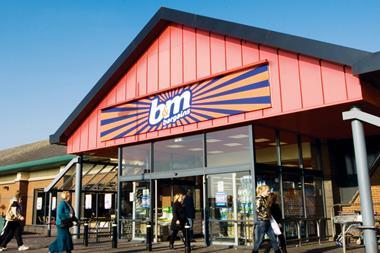

No comments yet